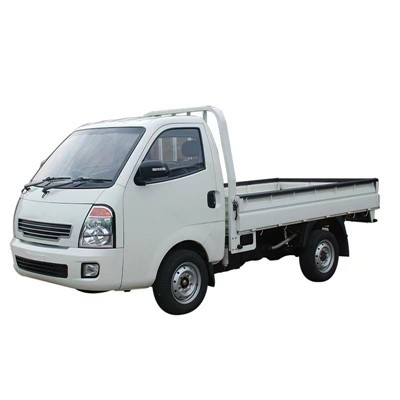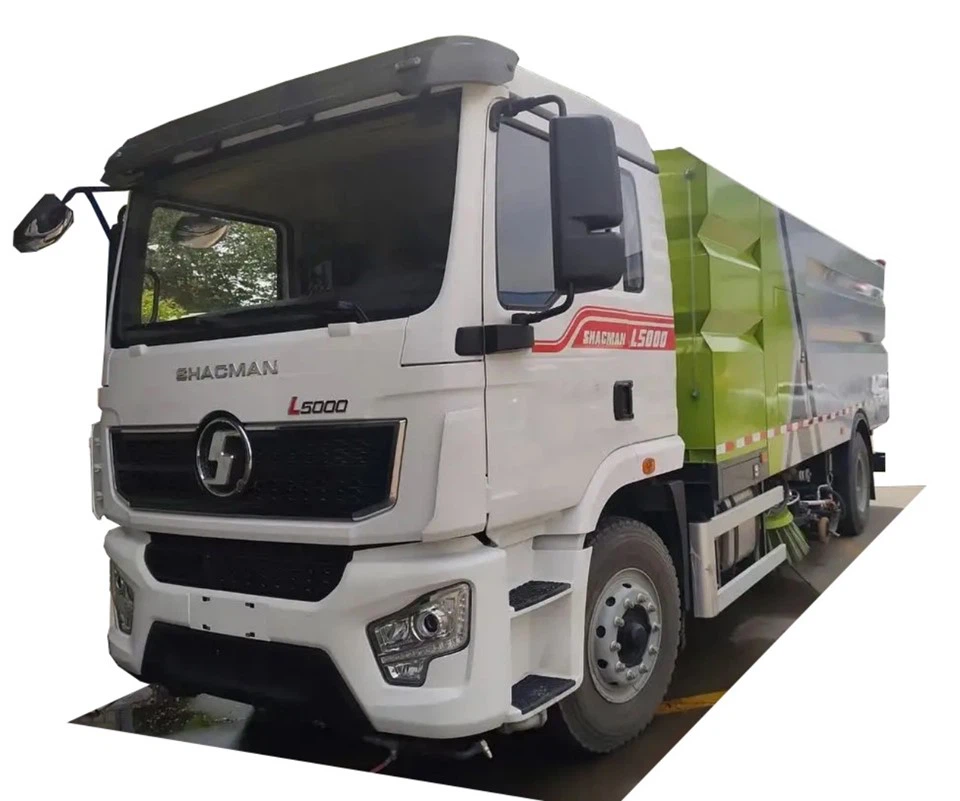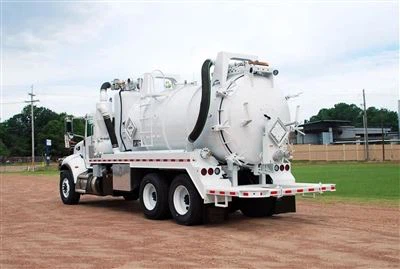In the age of e-commerce and globalization, delivery containers play a crucial role in the transportation of goods across the globe. This article will explore what delivery containers are, their types, benefits, challenges, and everything you need to know to optimize their use in your logistics operations.
What are Delivery Containers?
Delivery containers are strong, durable boxes or crates designed to hold various types of goods during transit. They can be made from different materials like wood, plastic, or metal and are used in a variety of shipping methods, including land, air, and sea transport. Their primary purpose is to protect goods from damage, ensure easy handling, and facilitate storage.
Types of Delivery Containers
1. Shipping Containers
Shipping containers are popular worldwide for transporting large volumes of goods. They come in various sizes, including 20-foot and 40-foot units, and can hold a significant amount of cargo.
Key Features:
- Weather-resistant.
- Stackable for efficient storage.
- Secure and lockable.
2. Refrigerated Containers
Refrigerated or “reefer” containers are used for transporting perishable goods. They maintain a specific temperature to ensure the freshness of products like fruits, vegetables, and pharmaceuticals.
Key Features:
- Temperature-controlled.
- Specialized for food and medicine transport.
- Insulated to maintain temperature consistency.
3. Bulk Containers
Bulk containers are large containers used for transporting loose materials such as grains, powders, and liquids. They are designed to maximize storage capacity.
Key Features:
- High capacity for liquid or material transport.
- Often used in industries like agriculture and chemicals.
- Customizable for various cargo types.
4. Corrugated Boxes
Corrugated boxes are lightweight and are used for shipping smaller items. They’re often used for retail items and e-commerce shipments.
Key Features:
- Cost-effective.
- Eco-friendly and recyclable.
- Easy to handle and stack.
Benefits of Using Delivery Containers
1. Protection of Goods
Delivery containers are designed to protect goods from external factors such as moisture, dust, and physical damage. This is especially critical for fragile items.
2. Cost Efficiency
Using delivery containers can lead to savings in transport costs, as they allow for bulk shipping and reduce packaging waste.

3. Improved Handling
Containers simplify the loading and unloading process, allowing for faster movement of goods. With standardized sizes, forklifts and cranes can easily handle them, improving efficiency.
4. Security
Most shipping containers come with secure locking mechanisms, providing added security against theft and damage during transportation.
5. Versatility
Delivery containers can be used for various types of goods, making them suitable for industries ranging from retail to agriculture.
Challenges of Delivery Containers
1. Damage During Transit
Even though containers are designed for protection, they can still sustain damage during transit due to accidents or poor handling practices.
2. Limited Space
Container sizes can limit the types and quantities of goods that can be shipped together. Overloading or improper packing can lead to damage or lost goods.
3. Regulatory Compliance

Different countries have specific regulations regarding shipping, including container standards and customs checks. Understanding these regulations is critical to ensure smooth international shipping.
Best Practices for Using Delivery Containers
1. Choose the Right Container Type
Selecting the appropriate container based on your goods is vital. For example, perishable items need refrigerated containers, and fragile items require padded or cushioned containers.
2. Proper Packing Techniques
Always use the right packing materials. Cushion fragile items with bubble wrap or packing peanuts, and make sure to utilize space efficiently to avoid shifting during transit.
3. Conduct Regular Inspections
Before using a container, inspect it for any signs of damage or wear. Ensuring that containers are in good condition reduces the risk of damage to your goods.
4. Understand Handling Procedures
Train employees on handling container shipments correctly. Proper lifting techniques, securing loads, and using equipment can reduce the chances of accidents.
5. Keep Up with Regulations

Stay updated on shipping regulations in various regions to avoid fines and delays in your delivery schedules.
Examples of Delivery Container Uses
1. E-commerce Businesses
Many online retailers use corrugated boxes to ship products to customers efficiently. With the rise of e-commerce, choosing the right sized boxes can greatly reduce shipping fees.
2. Food and Beverage Industries
Companies transporting perishable food items utilize refrigerated containers to ensure that the products arrive fresh.
3. Construction Industry
Bulk containers are often employed to store and transport materials like sand, gravel, and cement to construction sites, providing an efficient solution for material handling.
Future Trends in Delivery Containers
1. Increased Use of Smart Technology
Smart containers equipped with IoT devices allow real-time tracking and monitoring of goods in transit, improving logistical efficiency.
2. Sustainability Efforts
With growing environmental concerns, many companies are focusing on the use of eco-friendly containers made from sustainable materials or recyclable plastics.
3. Customization of Containers
As demand for personalized customer experiences increases, more businesses are opting for customized containers that fit their unique branding and product offerings.
FAQ Section
1. What is the standard size of shipping containers?
The most common sizes for shipping containers are 20 feet and 40 feet, but containers can come in varying sizes depending on specific needs.
2. How can I ensure my goods remain safe in transit?
Using high-quality delivery containers, proper packing methods, and ensuring secure handling during transit can protect your goods effectively.
3. Are there restrictions on what can be shipped in containers?
Yes, specific regulations prohibit certain items from being shipped in containers, especially hazardous materials. Always check local and international shipping regulations.
4. What is the cost of renting a delivery container?
The cost varies based on size, type, and duration of rental. On average, renting a standard shipping container can range from $50 to $300 per month.
5. Can delivery containers be reused?
Yes, most delivery containers, especially those made from durable materials, can be reused multiple times, maximizing their value in logistics operations.
6. What materials are used to make delivery containers?
Delivery containers can be made from various materials, including steel, aluminum, wood, and plastic, depending on the intended use and required durability.